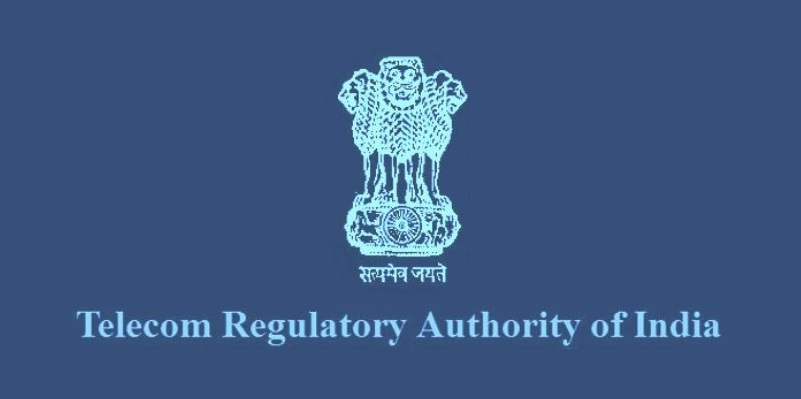New Delhi : Telecom Regulatory Authority of India (TRAI) last week issued its first consultation paper on tariff issues related to television services. This was followed by the regulator inviting comments and counter-comments on the Consultation Paper from stakeholders by 4 March and 18 March, 2016 respectively.
TV broadcasting in India commenced in 1959 with state owned Doordarshan (DD) starting free to air terrestrial broadcast of TV service in Delhi. It was then followed by satellite television to advanced delivery platforms like direct-to-home (DTH), Headend-in-the-Sky (HITS), Over-the-Top (OTT) and Internet Protocol Television (IPTV). Since then television has come a long way and the evolution of the broadcast industry has been driven largely by satellite TV distribution business and unorganised growth of cable TV.
TRAI began regulating the broadcasting sector in 2004 when the Central Government decided to entrust regulatory functions relating to broadcasting and cable TV sector to TRAI. The Analog TV distribution platforms only offered inadequate capacity and limited quality. The growth of multiple digital addressable platforms will now lead to a sunset of analog cable TV system in the country. This sheer number and diversity of platforms delivering digital TV signals in an increasingly converged scenario requires an overhaul of the tariff regulatory framework.
According to the consultation paper, TRAI will cater to innovative growth while protecting the interests of the stakeholders across the value chain, fulfilling the need to institute a consolidated technology neutral regulatory framework for digital addressable systems.
In view of the emerging trends in the TV broadcasting sector and changing consumption patterns of the consumers, TRAI said that there was a need to examine the tariff dispensation in a holistic manner.
Listed below are the objectives of the consultation:
- To carry out a review of existing Tariff arrangements and developing a Comprehensive Tariff Structure for Addressable TV Distribution of “TV Broadcasting Services” across Digital Broadcasting Delivery Platforms (DTH/ Cable TV/ HITS/ IPTV) at wholesale and retail level.
- To ensure that the tariff structure is simplified and rationalized so as to ensure transparency and equity across the value chain.
- To reduce the incidence of disputes amongst stakeholders across the value chain encouraging healthy growth in the sector.
- To ensure that subscribers have adequate choice in the broadcast TV services while they are also protected against irrational tariff structures and price hikes. v. To encourage the investment in the TV sector
- To encourage production of good quality content across different genres.
- The consultation paper is divided into six chapters with its second chapter dealing with the present broadcasting and distribution sector scenario including the business and revenues models used therein. Third chapter provides an overview of the evolution of tariff in the broadcasting sector. Fourth chapter deals with different possible tariff models, with an aim to seek comments of the stakeholders, with regard to future tariff framework. Fifth chapter deals with miscellaneous issues relating to Tariff Structure. Sixth chapter summarizes all the issues for consultation.

















